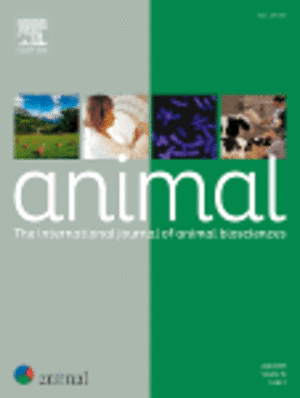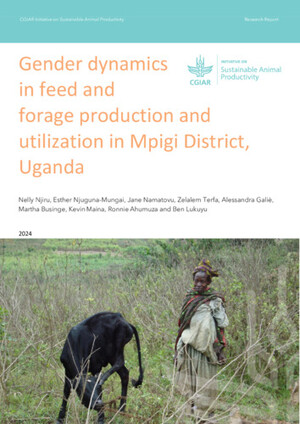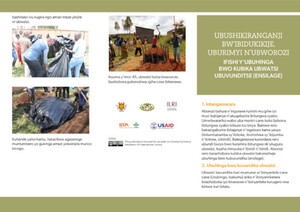
Improving the production and utilization of cowpea as food and fodder
Abstract
Cowpea (Vigna unguiculata (L.) Walp.) is an important food legume and an integral part of traditional cropping systems in the semi-arid regions of the tropics. The estimated worldwide area under cowpea is about 14 million ha of which West Africa alone accounts for about 9.3 million ha with annual production of about 2.9 Mt. Cowpea grains are consumed as food and the haulms are fed to livestock as a nutritious fodder. Farmers often grow a short-duration spreading variety for grain and a long-duration spreading variety for fodder, but the grain and fodder yields are poor due to low yield potential of the spreading varieties and also due to early cessation of rains. Therefore, IITA in collaboration with ILRI has initiated a systematic programme to develop medium-maturing, semi-erect, dual-purpose varieties with higher grain and fodder yields and with enhanced fodder quality. By crossing the late, traditional spreading varieties with improved early, semi-erect varieties, a semi-erect group of medium-maturing, dual-purpose varieties has been developed which yield over 1.5 t ha−1 grain and 2.5 t ha−1 haulms. Despite the high grain and fodder yields, the haulms of improved dual-purpose varieties have similar crude protein content (17–18%) and dry matter digestibility (64–71%) compared to the local varieties. Controlled sheep feeding experiments have shown an average live weight gain of about 80 g per animal per day with 200–400 g per day of cowpea haulms as a supplement to a basal diet of sorghum stover. This was 100% higher than the average live weight gain of animals fed sorghum fodder alone. These results indicate that improved dual-purpose varieties can play an important role in enhancing crop–livestock integration in West Africa.
Citation
Singh, B.B., Ajeigbea, H.A., Tarawali, S.A., Fernandez-Rivera, S., and Musa Abubakar. 2003. Improving the production and utilization of cowpea as food and fodder. Field Crops Research vol. 84(1-2) p. 169-177.









